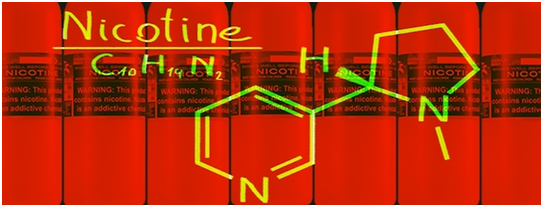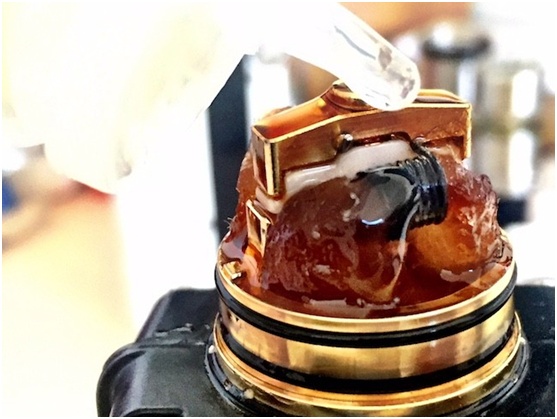
Dr. Konstantinos Farsalinos of the Department of Pharmacy and Cardiology at the University of Patras published two open access papers. The first one looked at the nicotine delivery from heat-not-burn (HNB) products and vaping devices. In the second paper, Farsalinos looked at how vape device use is influenced by high power levels.
Vape research conducted by independent sources is usually accessible by everybody and that is what differentiates it from researches conducted by tobacco industry. There is usually restriction to public access and scrutiny of papers produced by tobacco control and the majority are locked away behind a paywall.

There was a significant change in the vaping approach of 21 subjects who were subjected to varying wattage output of vaping devices. The findings were recorded by the author in “Changes in Puffing Topography and Nicotine Consumption Depending on the Power Setting of Electronic cigarettes”
The result showed that vapers behave in a manner called “nicotine self-titration” to compensate for a lack of required nicotine in vapor, hence, they vape more frequently.
Smokers are also observed to behave in this same manner. This makes this study relevant as a future reference. “This research could help explain the preference of dedicated vapers to high power devices as well as contribute to the understanding of patterns of electronic cigarette use. Also, according to the power settings tested, laboratory studies on aerosol emissions should try using different puffing patterns.”
The research team involved in “Nicotine Delivery to the Aerosol of a Heat-not-burn Tobacco product: Comparison with a Tobacco Cigarette and E-cigarette wanted to find vape devices can be matched with HNB devices in nicotine delivery.
They compared tobacco and menthol HNB products to variable wattage vape devices. The result showed that nicotine delivery system of tobacco cigarette is more efficient than that of HNB products. Also, HNB delivers more nicotine than through vaping and intense puffing with a vape product cause an increase in the volume of nicotine in the vapor.

The team wrote “For any harm-reduction product to successfully substitute smoking, the nicotine delivery to the smoker has to be efficient. “The major findings are that the nicotine content in tobacco cigarette and HNB tobacco sticks are similar. Also, the nicotine delivery system of tobacco cigarettes is higher than that of the aerosol of the heat-not-burn products. The delivery system is also lower than high-power e-cigarettes at longer puff duration and higher than e-cigarettes at low puff duration.”
“Vapers need to understand that the more liquid they consume higher the toxin exposure. So, when vapers transit from mouth-to-lung vaping to direct lung inhalation, their liquid consumption is greatly increased and this also increases the risk of exposure to any potentially toxic chemicals. You double your exposure to toxins when you double your consumption rate”- said Dr. Konstantinos Fasalinos. He said this after his previous talk on how potential toxin exposure is linked to compensatory ‘self-titration’ behavior.
“The level of aldehydes in today’s products is highly insignificant that you probably breathe in more aldehydes from the air around your house than what you get from e-cigarettes. E-cigarettes are built with minimized health risk to its users so vapers can use this device as a smoking-cessation tool. “
